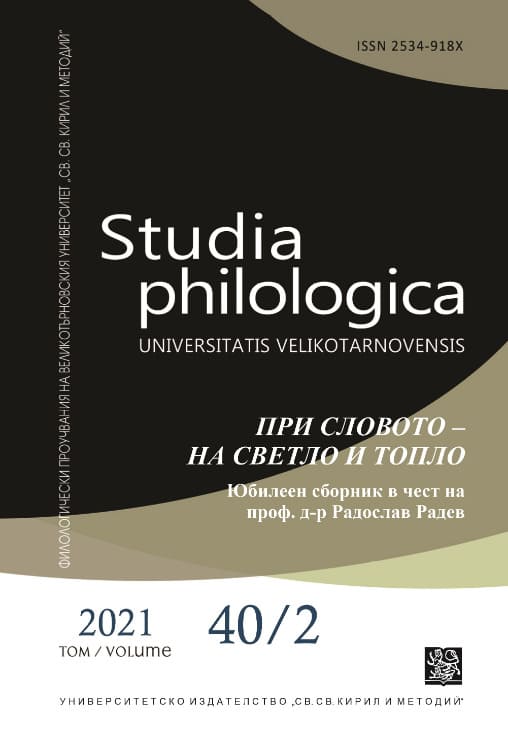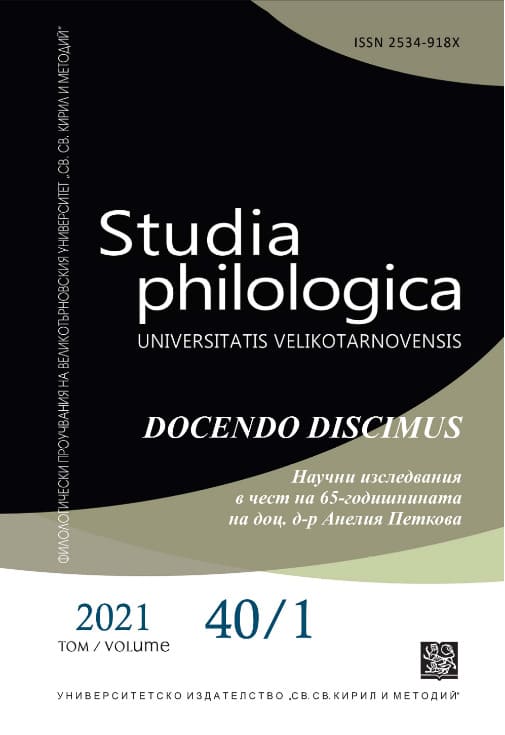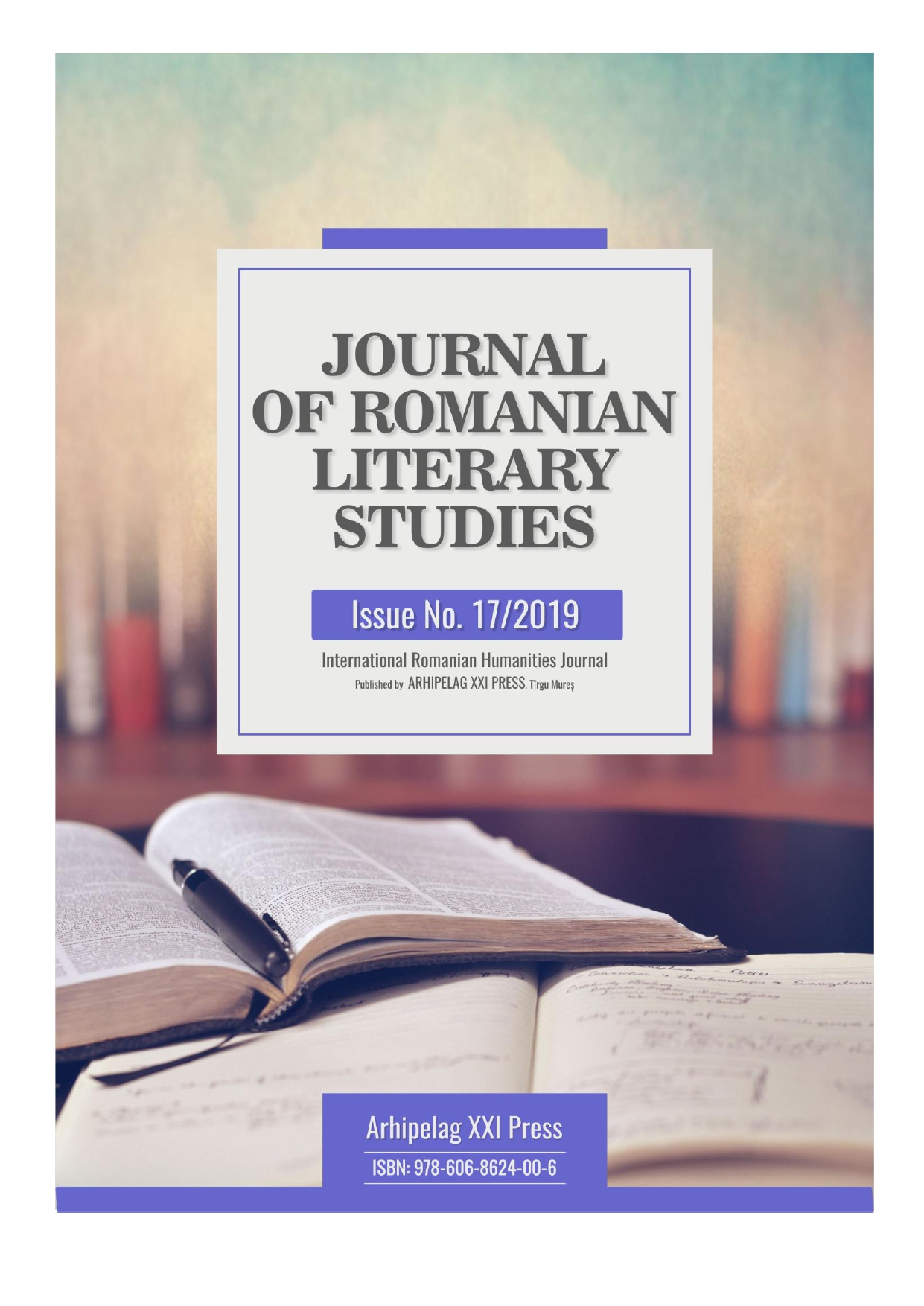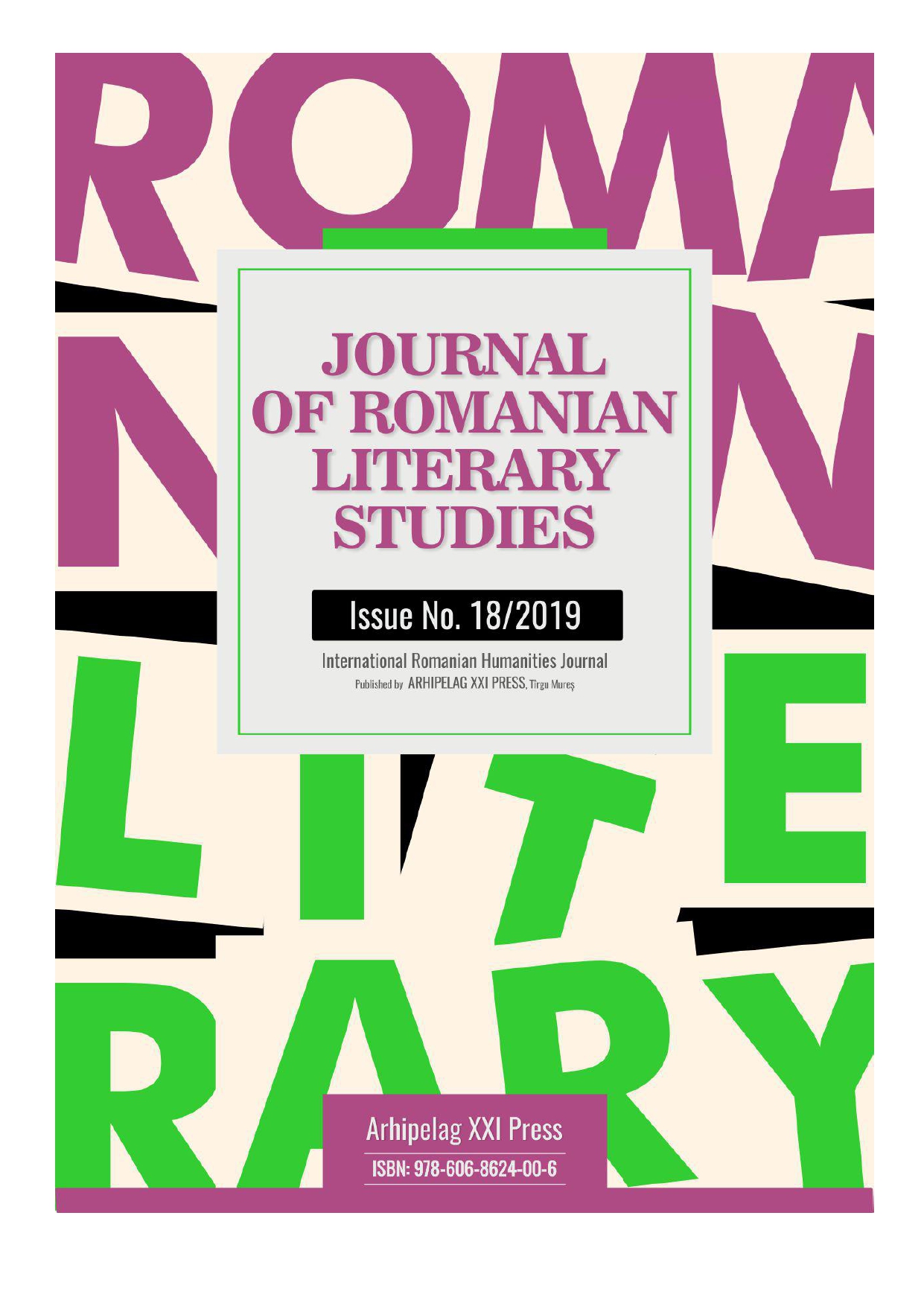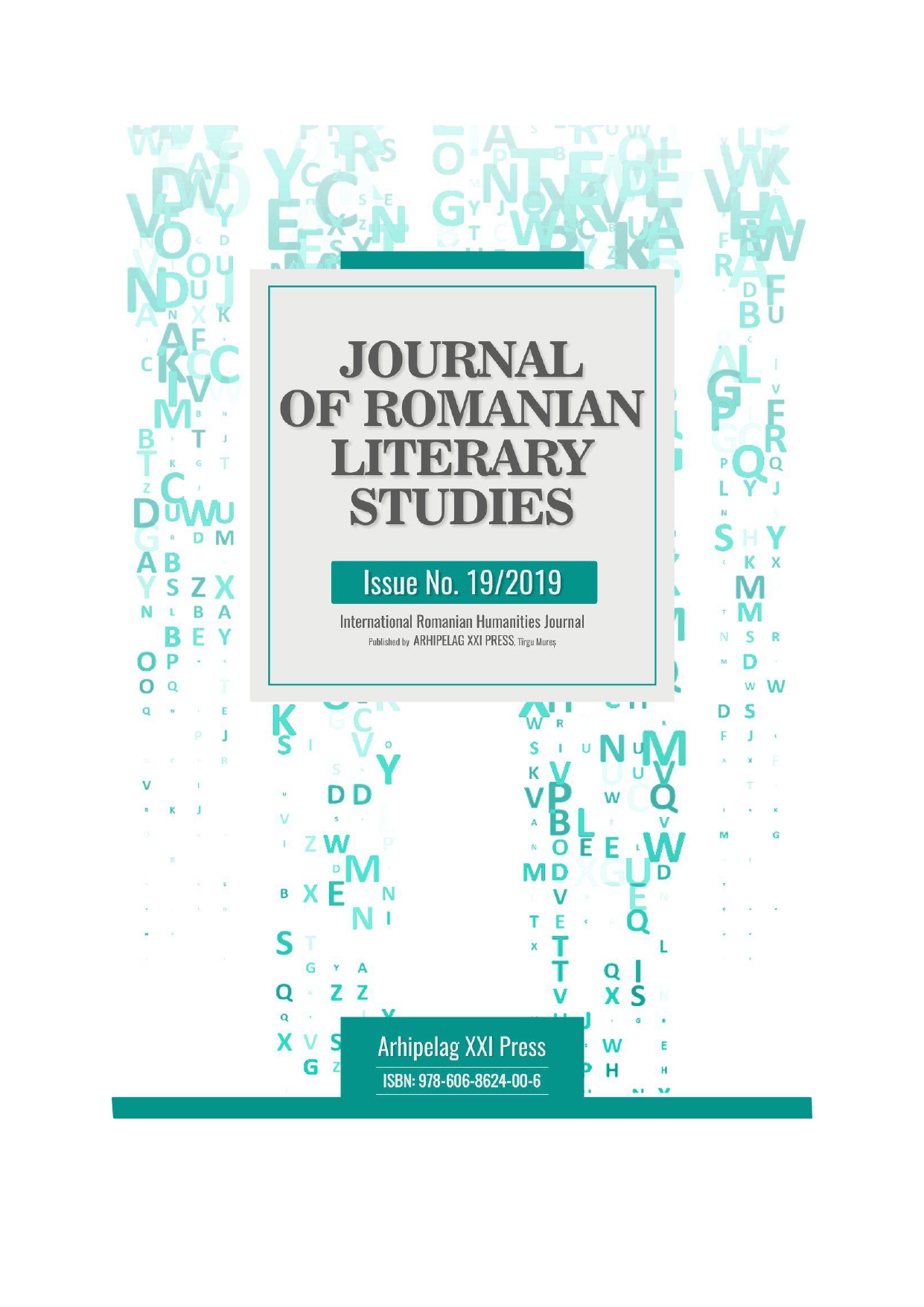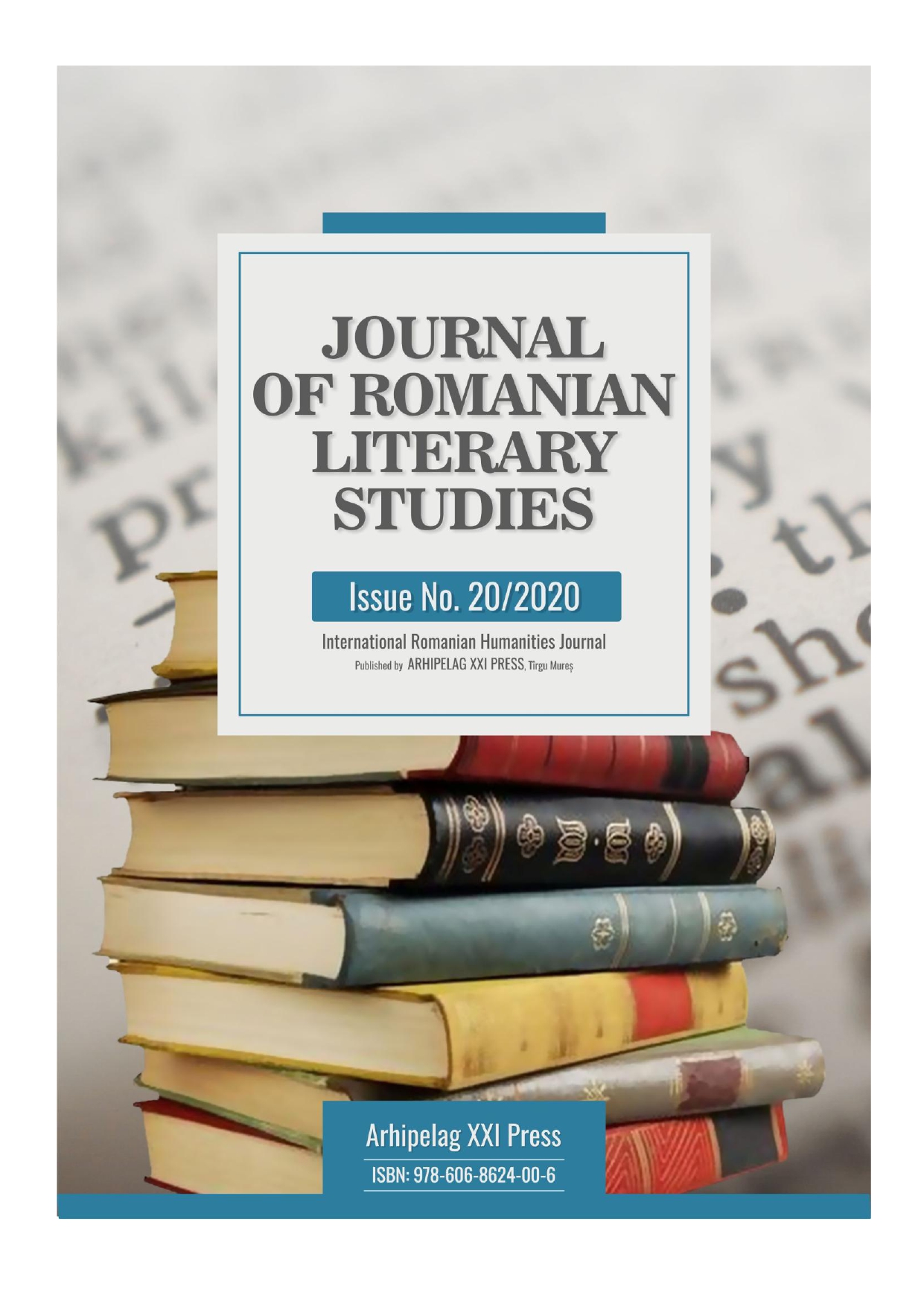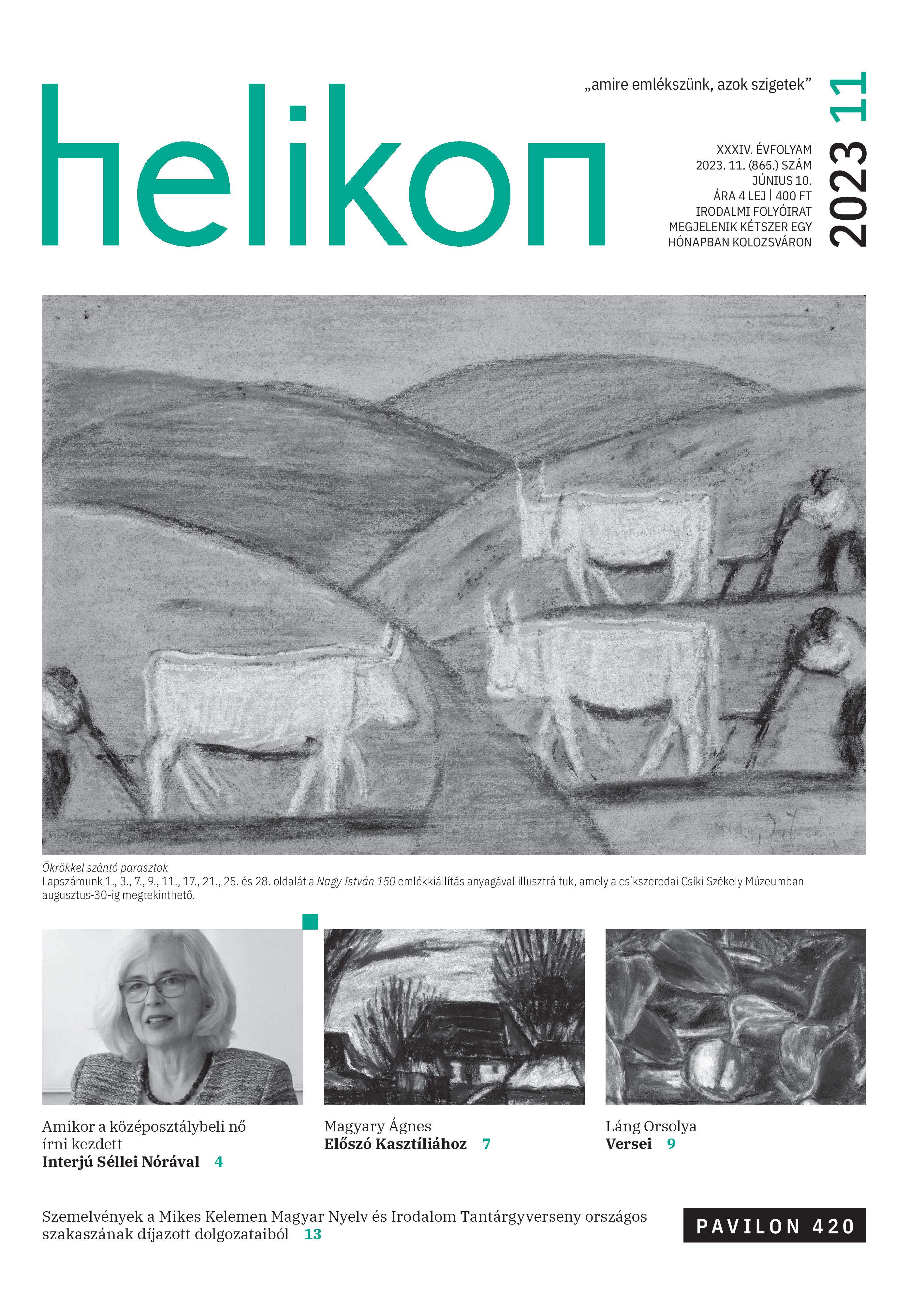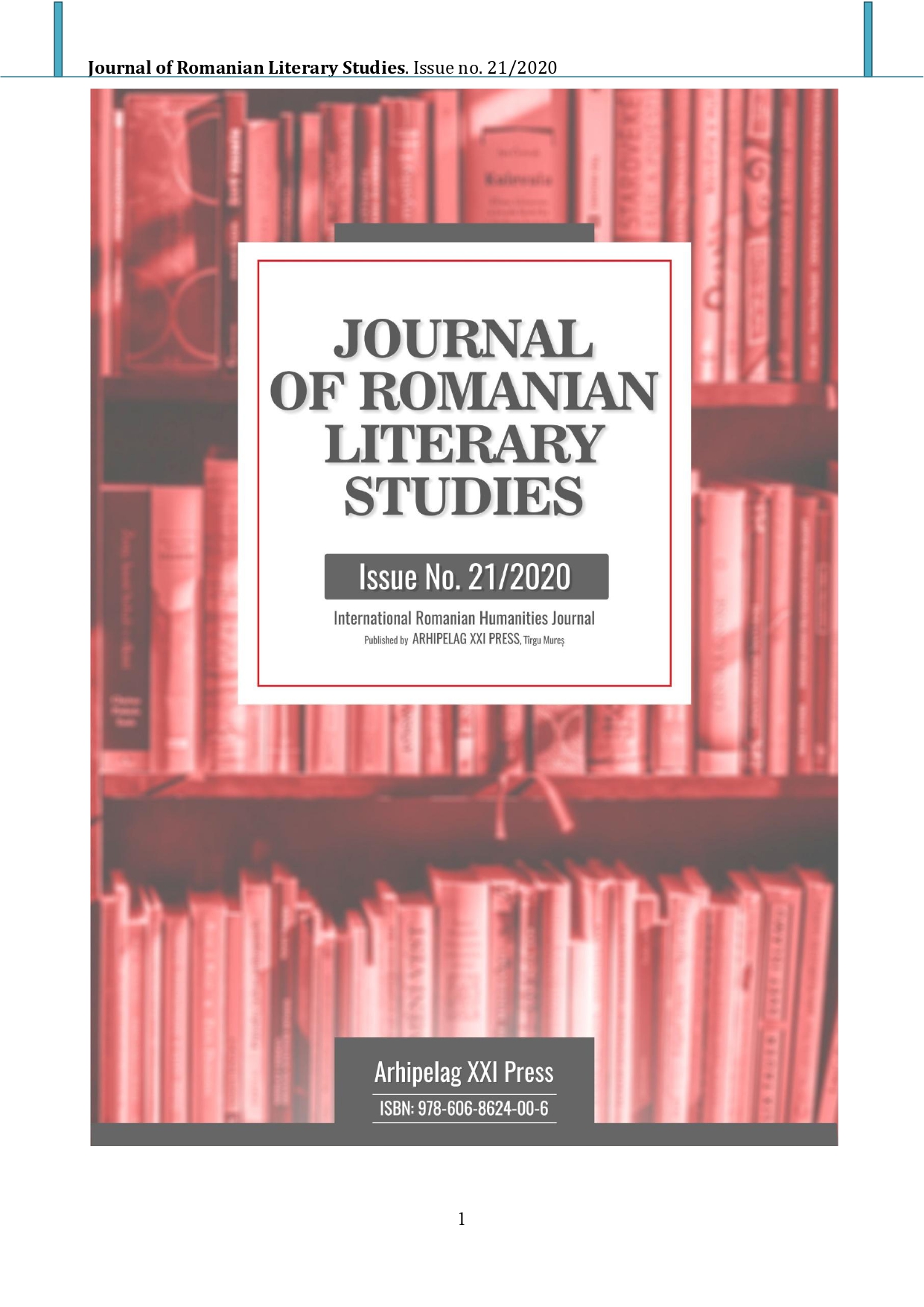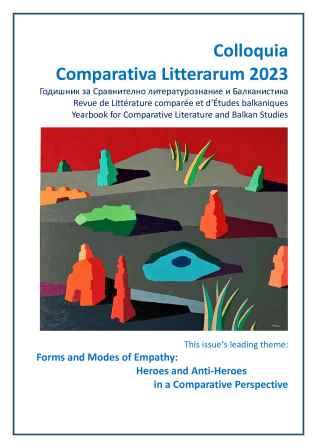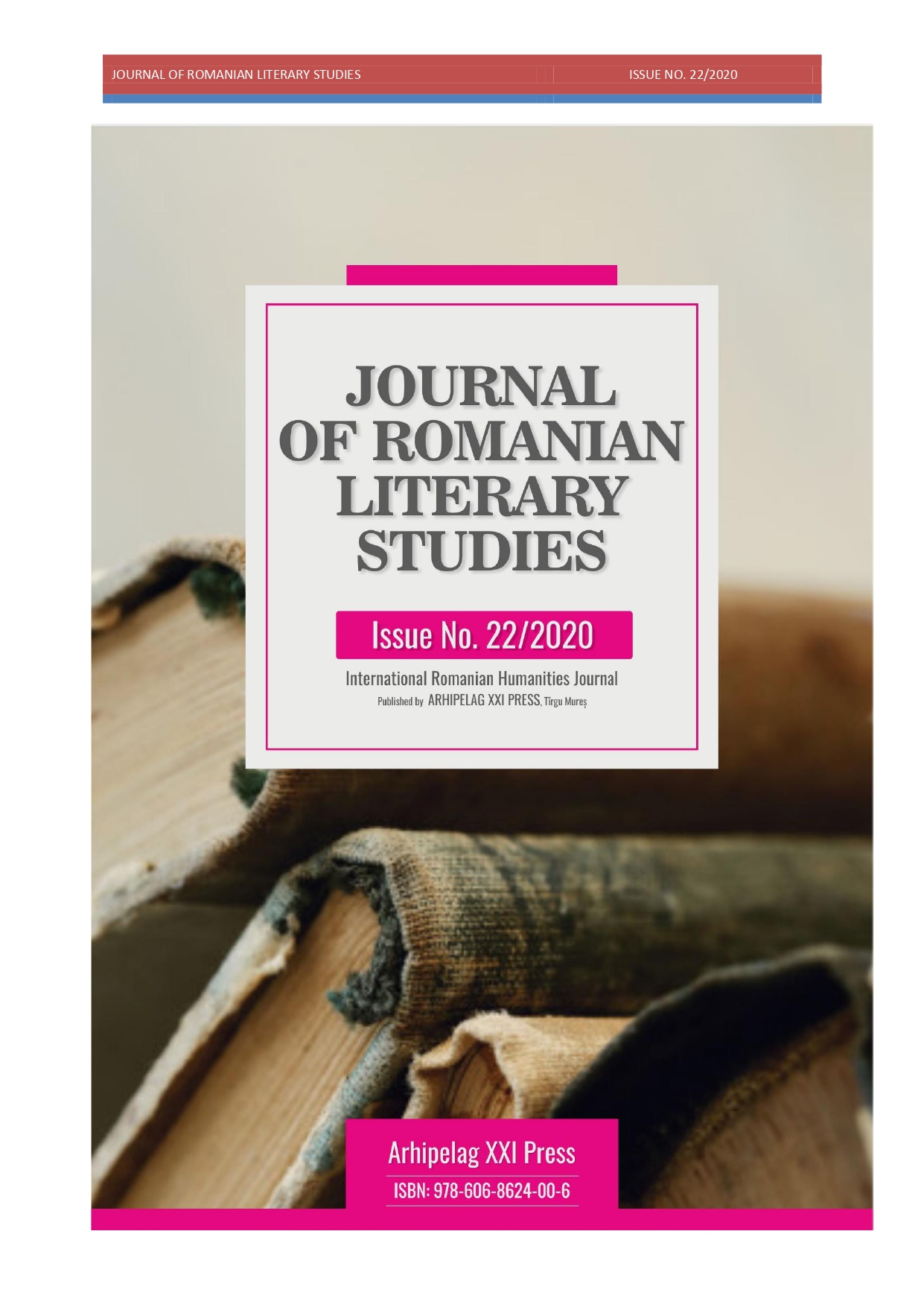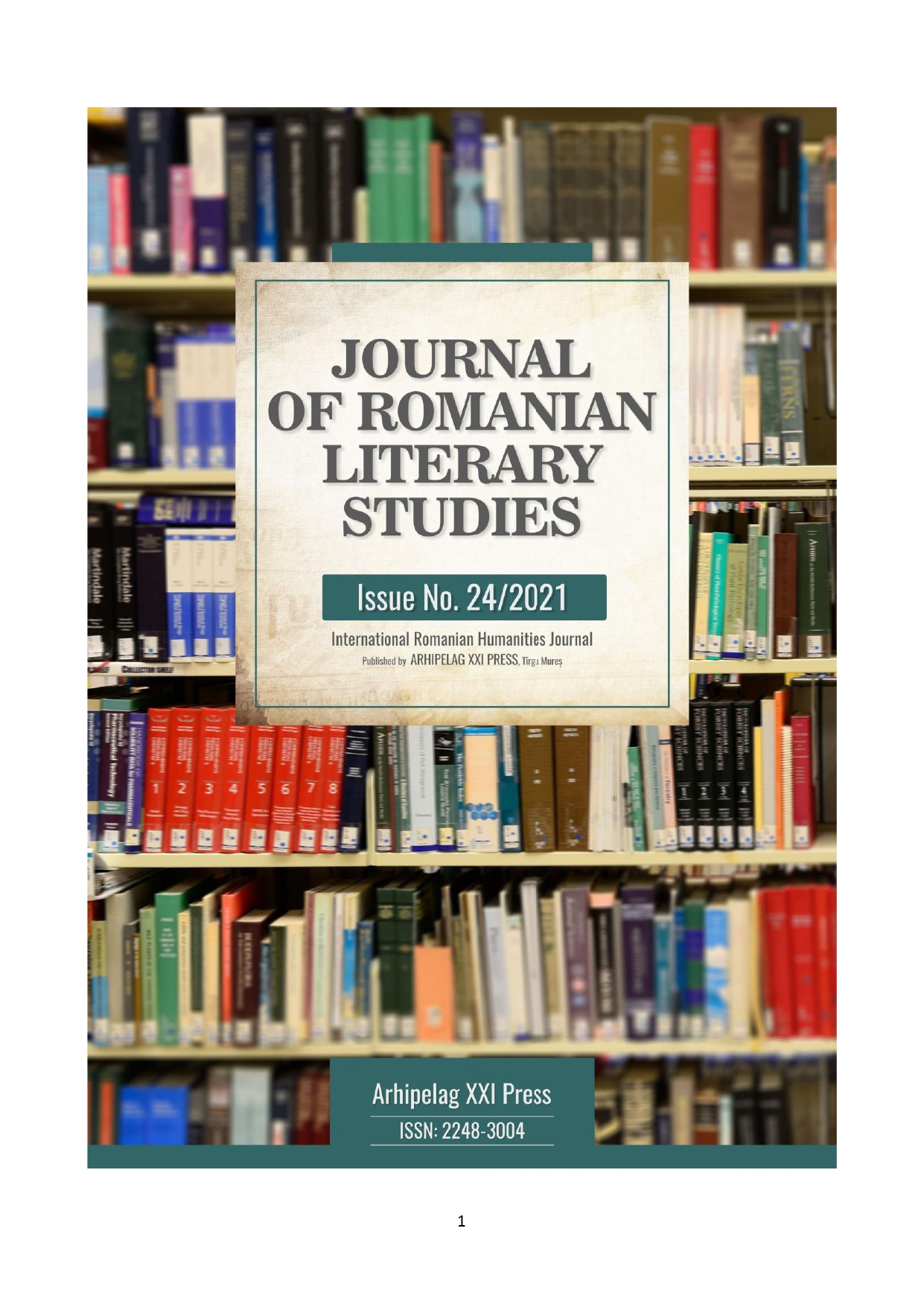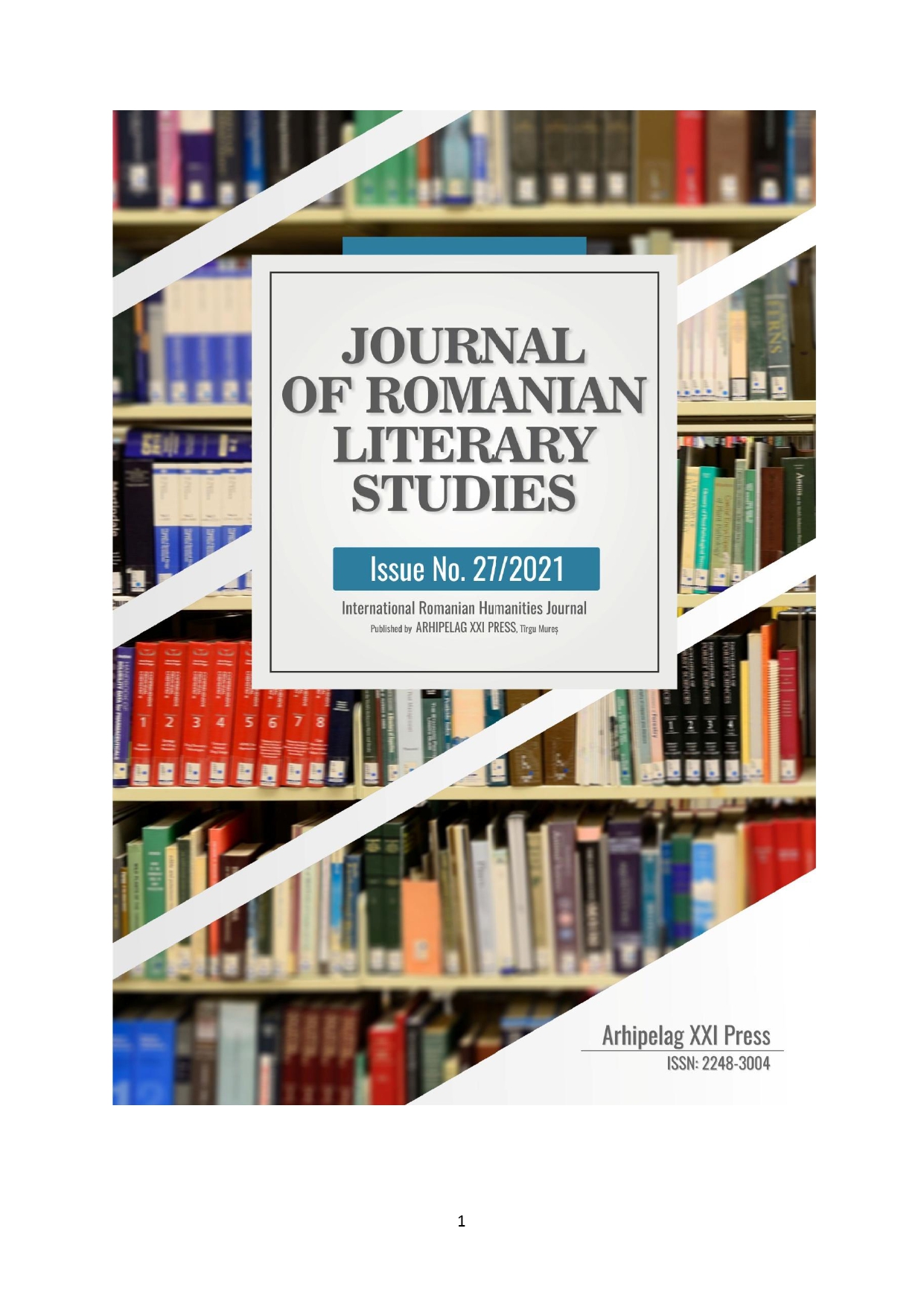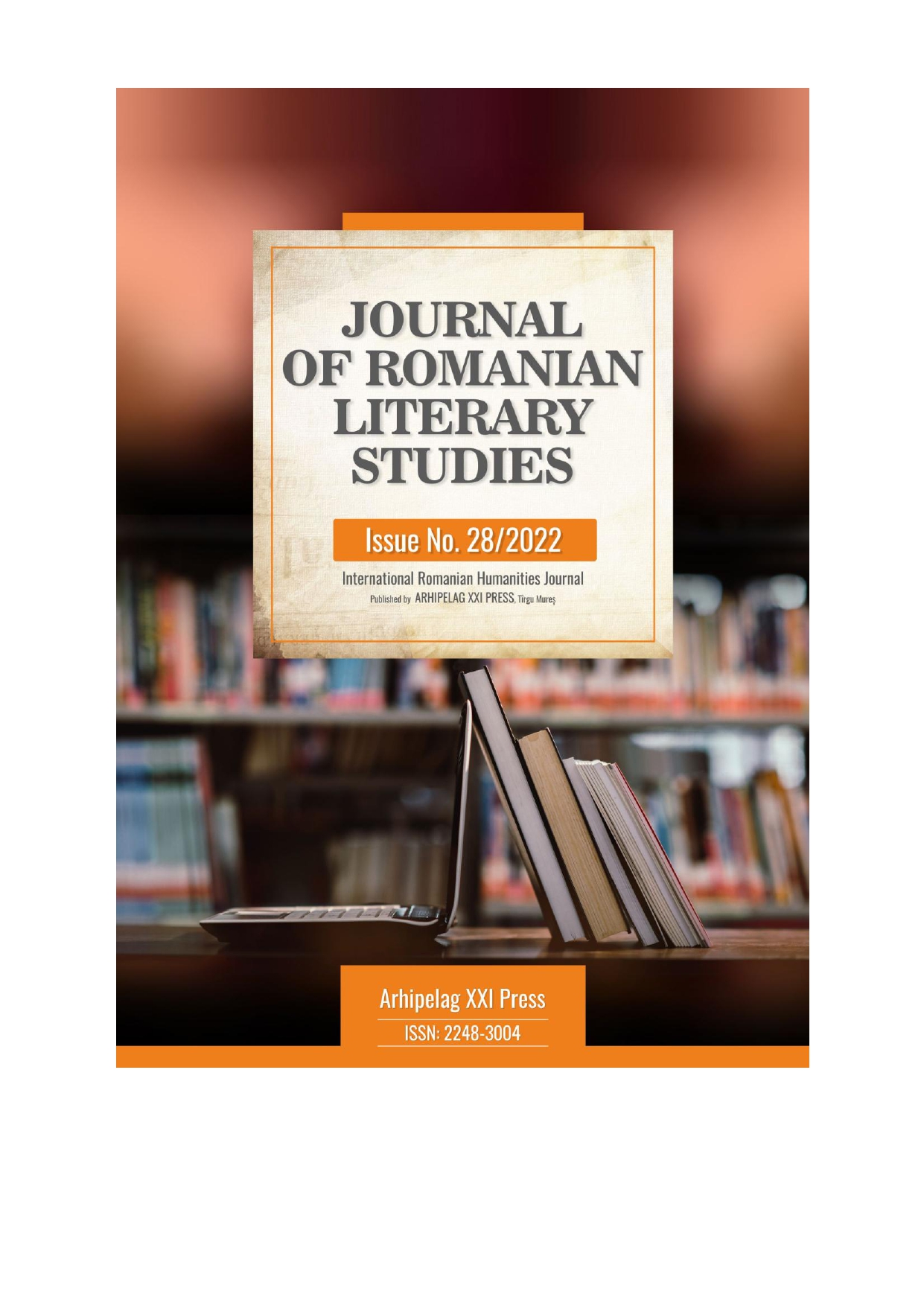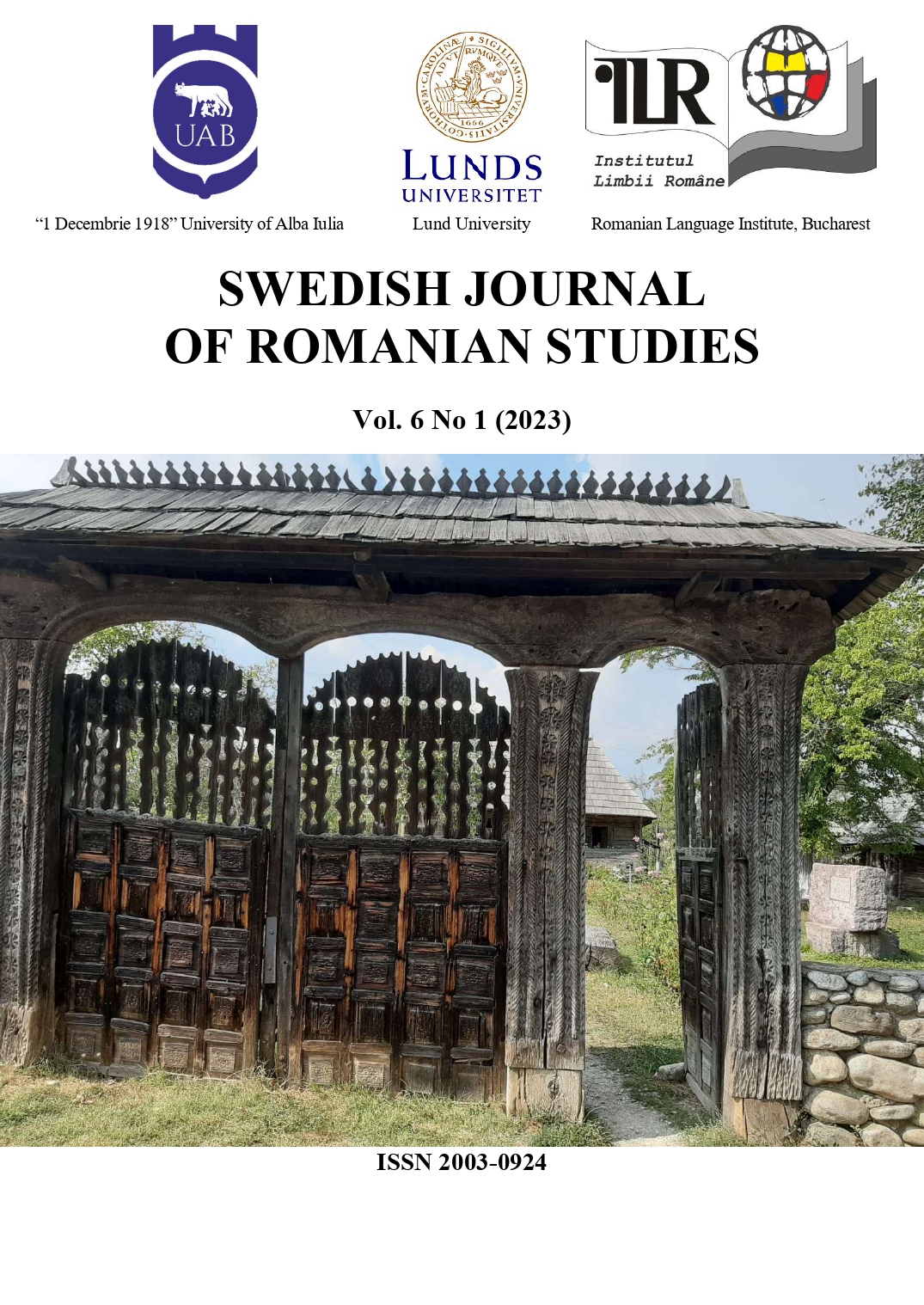
Universuri traumatice și „cai verzi pe pereți”
Novelist Helene Pflitsch is thematically placed alongside Radu Aldulescu, Camelia Cavadia, Ioana Nicolaie, Simona Popescu and others. Torturous images of times not so long ago are presented by the careful and sensitive eye of a creator of plots and characters with destinies that are difficult for today's young people to understand. Adults and youth who had a childhood full of material deprivation, lived in broken families, with parents always searching for a profitable business, “a perfect house”, or become vicious when their dreams fall apart, here the novel's theme “Let go of Yesterday”. Helene Pflitsch captures their sufferings, fears, transformations or breakdowns due to the adverse impact of adults on children. In a small provincial town in Transylvania, “the children of the photographer and Oly-drunk” (Pflitsch 2022: 102) live their traumas and consume their energies until exhaustion. Childhood trauma is well outlined and follows an identifiable construct in writings of this kind, the tragedies in the photographer's family being presented by following the destiny of each member, which is undoubtedly heading towards division, identity extinction and, most importantly, loneliness.
More...
